Schloss Osnabrück
Château Osnabrück
© Historische Bildpostkarten Osnabrück
DEU
à proximité de Osnabrück
Télécharge images...
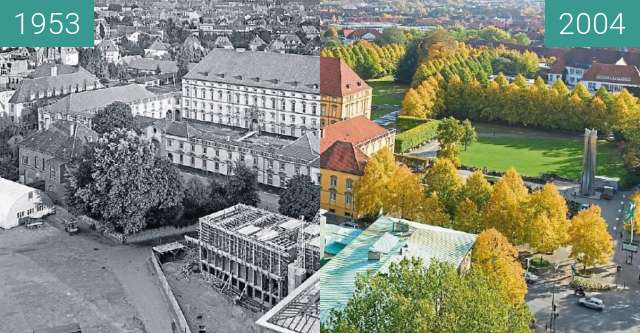

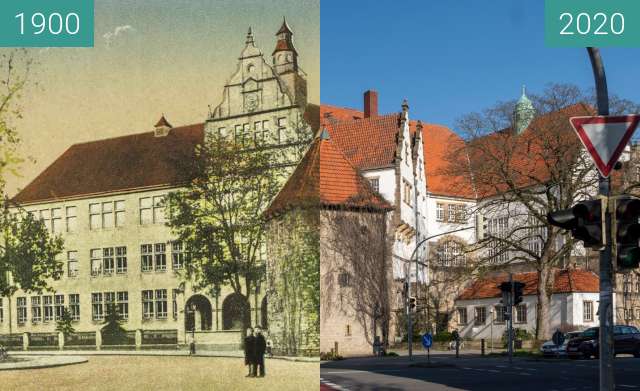
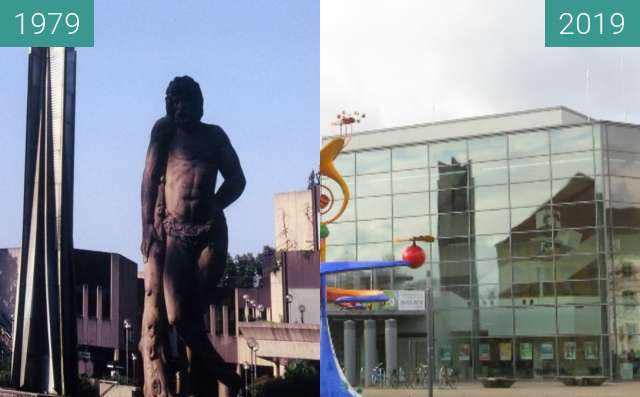
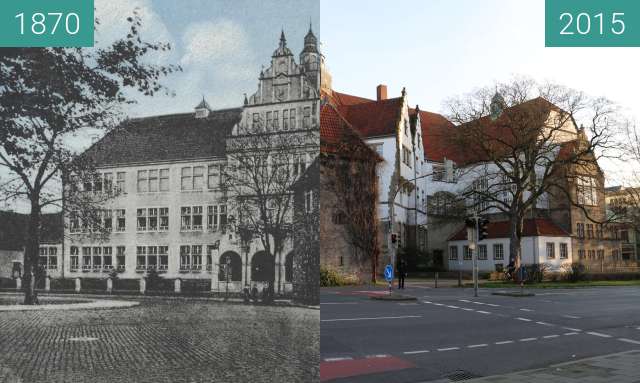

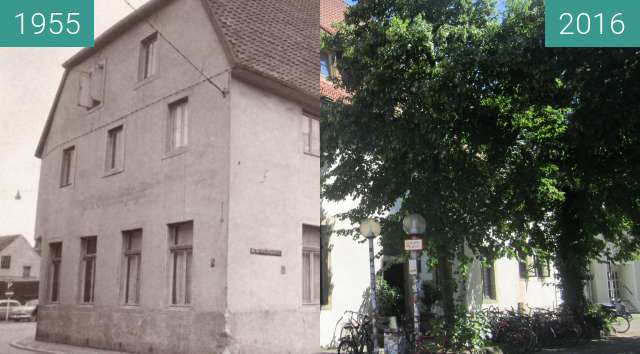
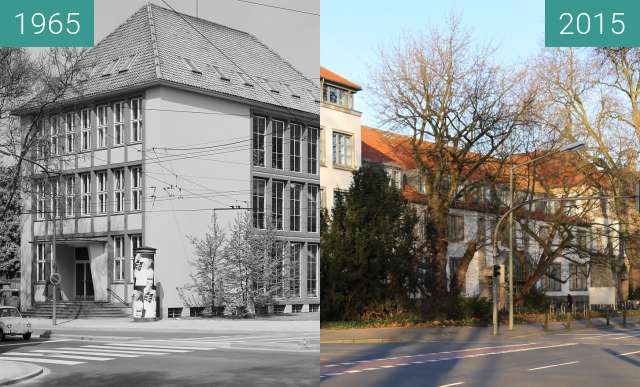
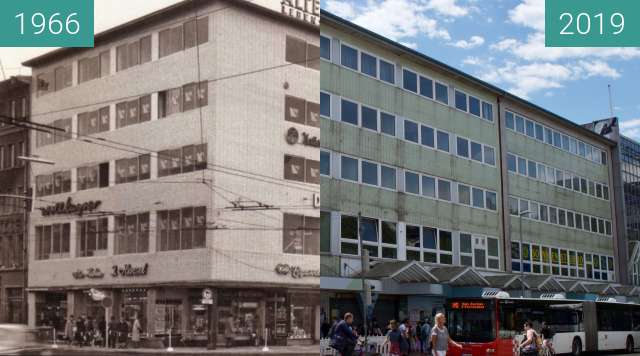
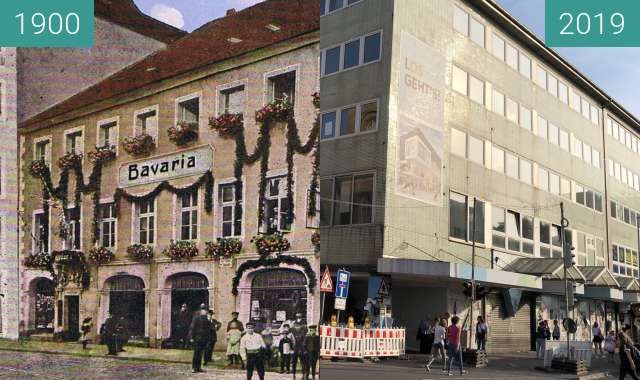
The former prince-bishop baroque castle was built between 1667 and 1675 as a residence for Bishop Ernst August I of Brunswick-Lüneburg and his wife Sophie von der Pfalz, who moved their residence from Iburg to Osnabrück.
The castle garden with an area of more than three hectares was planned in 1674 by the French garden architect Martin Charbonnier.
After the destruction in the Second World War, the castle and garden were redesigned. Since 1974, the castle is the seat of the administration of the University of Osnabrück. The garden is today a popular green oasis in the city.
L'ancien château baroque prince-évêque a été construit entre 1667 et 1675 comme résidence pour l'évêque Ernst August I de Brunswick-Lüneburg et son épouse Sophie von der Pfalz, qui ont déménagé leur résidence d'Iburg à Osnabrück.
Le jardin du château, d'une superficie de plus de trois hectares, a été planifié en 1674 par l'architecte jardinier français Martin Charbonnier.
Après la destruction de la Seconde Guerre mondiale, le château et le jardin ont été réaménagés. Depuis 1974, le château est le siège de l'administration de l'université d'Osnabrück. Le jardin est aujourd'hui une oasis de verdure populaire dans la ville.